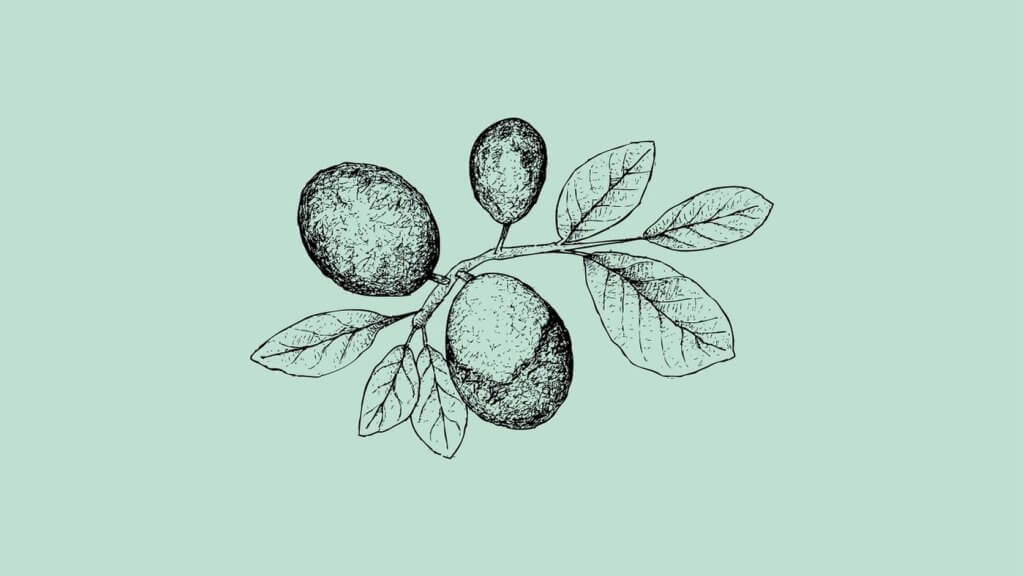This evergreen Florida native shrubby tree can be found both inland and along the coast. Cocoplum fruits are edible and have many known uses and benefits. Even the leaves and seeds are recognized as having medicinal and culinary applications.
Cocoplum plant profile
The cocoplum, or Chrysobalanus icaco, is a small to a medium-sized shrubby tree native to south Florida, the Florida Everglades, and tropical areas of Africa, the Caribbean, and the Bahamas.
It’s also known in certain areas by common names:
- Paradise plum
- Fat pork
- Abajeru
- Icaco
This evergreen Florida native can be found both inland and along the coast. The cultivars in the different ecosystems have evolved variances that allow them to thrive in each area.
What Are You Foraging For Right Now?
We're thrilled to hear your ideas. What would you like to submit today? Feel free to share your thoughts and experiences with us.
Because it’s generally considered salt-tolerant, cocoplum is well suited to balmy beach climates. It can frequently be found in tropical gardens, lining streets, and in other urban areas where the weather supports it.
In each ecosystem where it grows, cocoplum is one of the more versatile and heartly plants present.
It tolerates many soil types and responds well to pruning and shaping. These adaptable attributes make it a favorite for beach adjacent gardening.
The cocoplum is prized for its aesthetic value as well.
The glossy leaves can range from green to red to reddish brown and surround white flowers.
The flowers will bloom throughout the year but most heavily during late spring and will eventually produce edible fruit.
How to Identify Cocoplums?
Accurate identification of the cocoplum depends upon which cultivar you are evaluating.
1. Horizontal
The horizontal variety is the coastal form of cocoplum. One of the most significant differences between this and the inland type is the plant size (horizontal cocoplum is shorter).
The horizontal cocoplum is the shorter of the two, 6 feet at its tallest. It also has a more sprawling growth pattern and is often used as a ground cover or low-growing shrub.
The horizontal cocoplum was once referred to as the Hobo Sound cocoplum as it was so frequently found in that particular area of Martin County.
Now, this spreading cocoplum can be found in many areas and is distinguished by:
- New leaves that are light-green or yellow-green in color and thinner than mature leaves
- White or light pink fruit
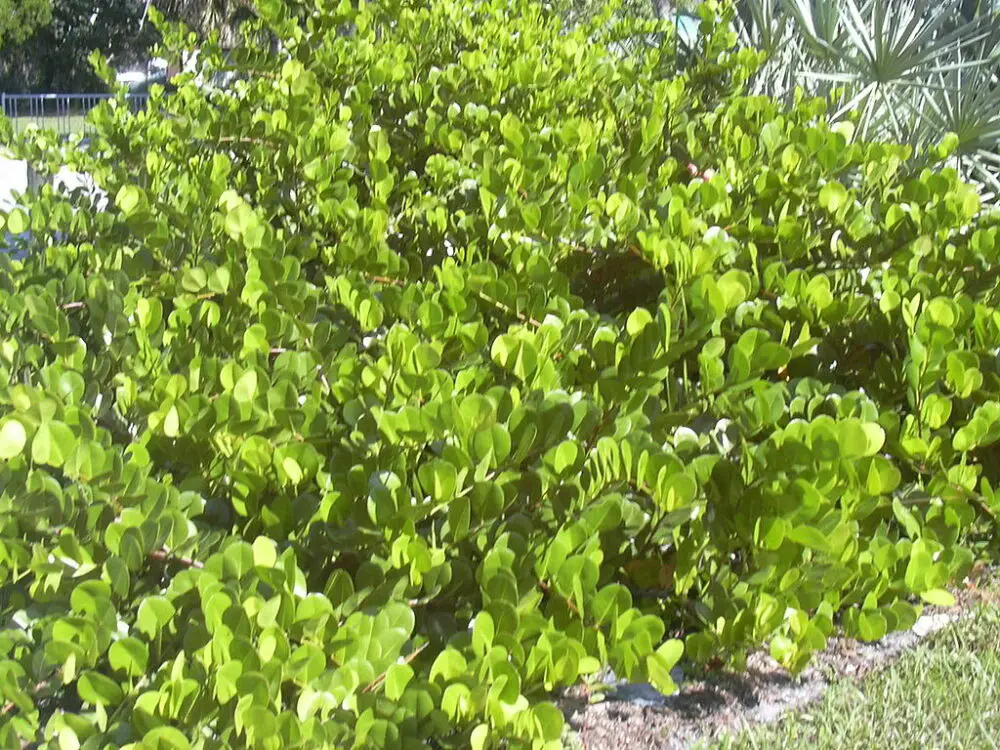
2. Red-tip, green-tip
The cocoplum variety in the inland areas is called red-tip or green-tip cocoplum.
This cultivar is taller than the horizontal variety and can be grown as a small tree, often reaching heights of 25 feet or more. It’s often used as a hedge or privacy shrub in gardens.
Distinguishing features include:
- New leaves that begin as a reddish-brown color, turning yellow-green and dark green as they mature
- Mature fruit that is typically dark purple but can also be light pink in some instances
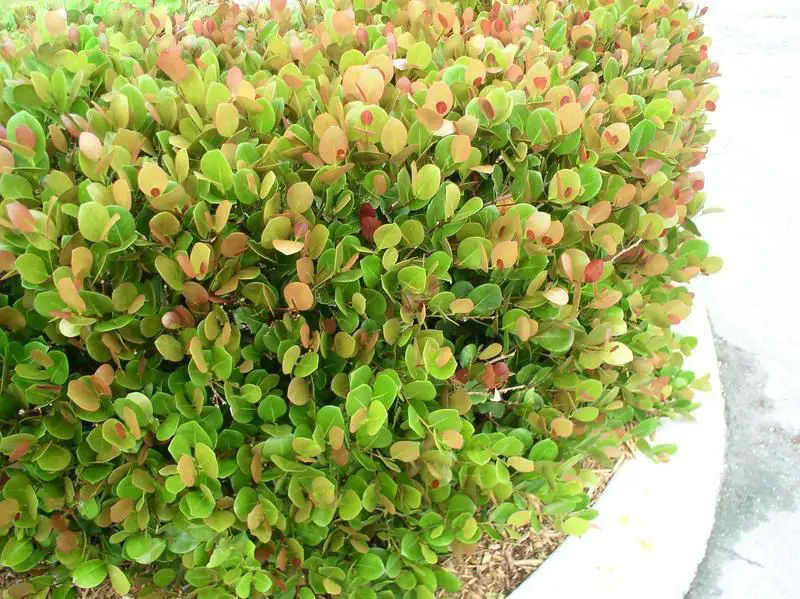
Identifying Cocoplums by their common attributes
Although the above differences exist between the inland and coastal cocoplums, common attributes are also used to identify both.
These include:
- Leathery texture to mature leaves
- Flowers that occur in short, terminal clusters called cymules
- Flowers are perfect with both male and female reproductive organs
- Alternate, simple leaves that are rounded or slightly pointed at the tip
New growth in cocoplums will occur all year long. The new shoots will be pliable, smooth, and green, hardening as they age and developing a thick, brown skin and prominent lenticels as they mature.
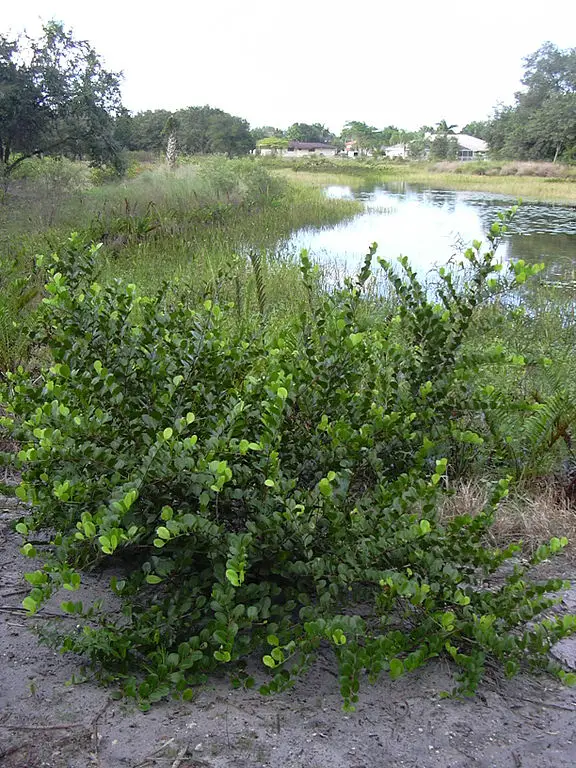
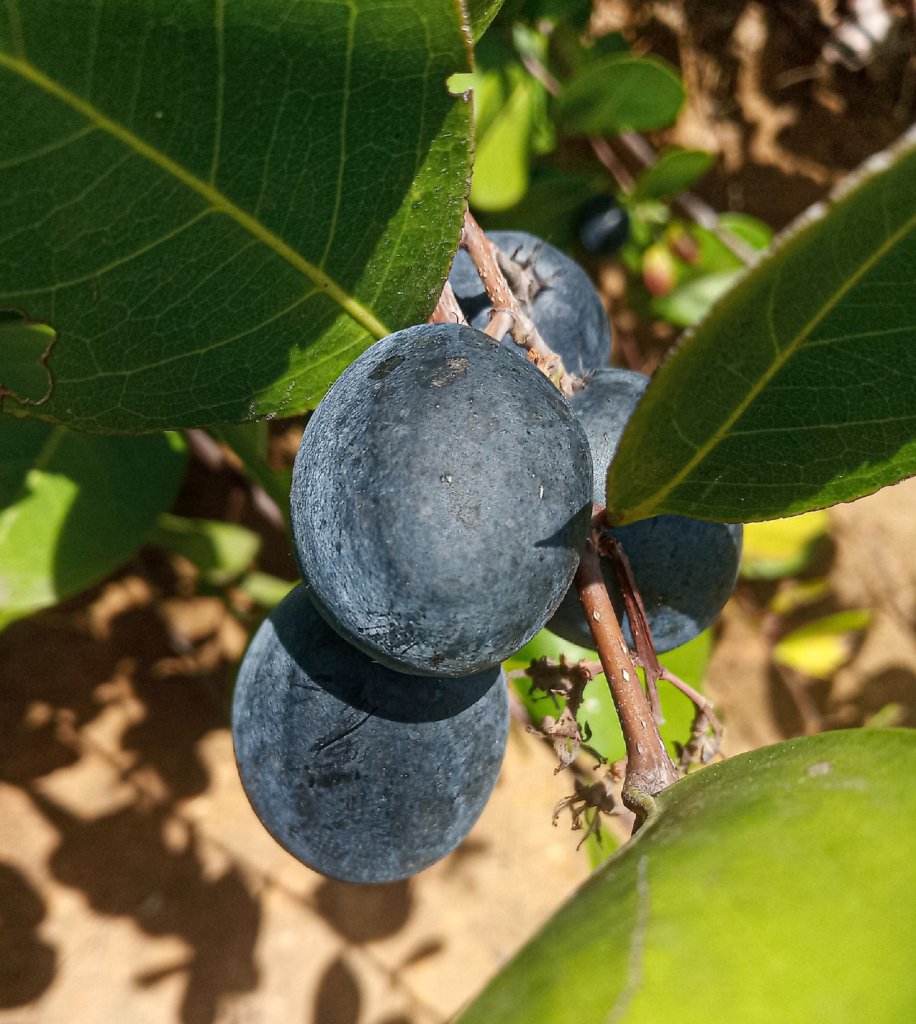
Is any part of the plant poisonous?
The cocoplum is edible and not known to be poisonous.
So can you eat Cocoplum fruit?
Cocoplum fruits, sometimes called drupes, are edible and have many known uses and benefits. Even the leaves and seeds are recognized as having medicinal and culinary applications.
Not only can you eat the fruit directly off the tree, but it’s also a popular fruit for making jams and jellies.
What does cocoplum fruit taste like?
The fruit ranges from sweet to bland, depending upon the level of ripeness.
It’s been said to have cotton candy consistency, and some claim there is a distinct difference in flavor between the different varieties or based on fruit color.
Those claims, however, may have more to do with individual palates and the fruit’s maturity stage.
How to forage for cocoplums
Foraging for cocoplums is a subjective activity. Many will tell you to look for the darkest-skinned fruit, while others claim the lighter, pink-colored are more flavorful.
The most important considerations are proper identification and environment.
As with any foraged food, you need to be sure of the following:
- Proper identification of the food you are about to consume.
- Thorough cleaning of the food and riddance of any pests.
- Foraged food is grown free of chemicals and pesticides.
If you are comfortable with those things, then foraging for cocoplums is a matter of taste.
How to eat cocoplums: kitchen uses and recipes
Cocoplum has a great deal of culinary value.
Outside of being eaten raw, it’s often used to make jams and jellies.
Here are two easy cocoplum jelly and jam recipes:
In Cuba, they make a sweet preserve served as a dessert or sobremesa. In Florida, it’s sometimes made into a syrup for pancakes or to be drizzled over key lime pie.
How to make cocoplum jam?
To make the best use of the cocoplum fruit, the first step is to gather a few dozen, clean them, and then place them in boiling water.
Once they have boiled for 10-12 minutes, the resulting mash can be used as a base for cocoplum ice cream, liqueur, or the more commonly found jam and syrup.
This nut in the center of the cocoplum presents yet another culinary layer.
- An external husk covers the nut; once removed, the nut is edible and has a slightly almond-like flavor.
- These nuts tend to be best when toasted or roasted and eaten.
- They can also be pressed to extract the oil.

Cocoplums: medicinal benefits
Cocoplums have a variety of medicinal benefits as well.
They have been noted for being:
- High in cancer-fighting antioxidants
- Improving bone density
- Maintaining eyesight
- Reducing anxiety
In addition, pregnant women can benefit from the many vitamins and minerals in the cocoplum.
A medical professional should be consulted before using any wild food for medicinal purposes.
Lorin is a writer, photographer and nature enthusiast in Sacramento, CA. In addition to gardening, she makes a regular practice of forging for edible plants and flowers. Nature nourishes if you know where to look.

